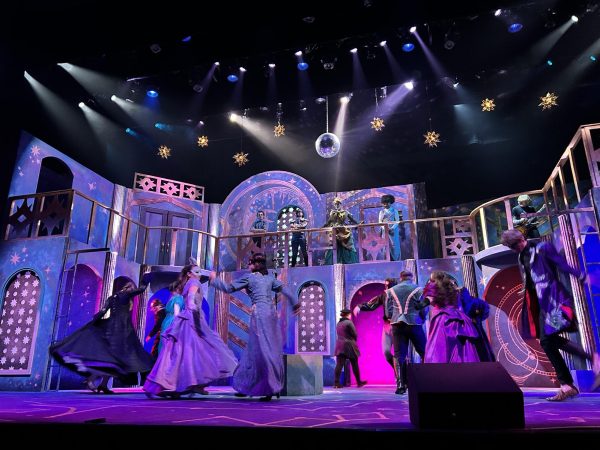Cape Fear Museum exhibit wins top prize
The Cape Fear Museum was recently presented with the Southeastern Museums Conference Award of Excellence for an exhibit that took over five years to complete and had a budget of over $100,000.
The Land of the Longleaf Pine, which was opened to the public on April 2, is an interactive exhibit that allows viewers to truly experience life as it was in the lower Cape Fear region from its earliest history through the Revolutionary War. The 2,400-square-foot exhibit provides the opportunity for hands-on learning through exploring Native American artifacts, learning about the routes for Colonial trade on a giant map and discovering ancestry of past Wilmington residents.
Some of the highlights of the museum include exploring the ecology of the long leaf pine forest and how it has shaped the region, learning how the long leaf pine was used by naval merchants for manufacturing forest products, investigating consumer products in a typical colonial general store, and gaining a deeper understanding about the daily lives of people who lived in our area.
According to Cape Fear Museum Director Ruth Haas, the Land of the Longleaf Pine exhibit was set apart by the culmination of several years of research that puts a different perspective on the understanding of the Lower Cape Fear.
“It elegantly weaves history and science together, which allows our visitors to appreciate the on-going interaction between people and the environment,” said Haas.
Janet Davidson, the Museum Historian, led the research team that developed the exhibit.
“We spent years studying the history of the region; poring over account books, reading letters, examining household inventories and exploring customs records in order to get a better understanding of the region’s diverse history,” said Davidson. The reports the team wrote turned into the labels and interactive elements that are currently on display in the gallery.
According to Davidson, her favorite setting is the colonial store because it “evokes the rich consumer culture of the time, and I think it helps visitors understand that Wilmington was a conduit of trade.” The store is based on a description of a merchant store that existed on Front Street.
“My favorite artifact turned out to be one of the smallest in the exhibition— a pie shaped coin known as a piece of eight,” said Davidson.
This exhibit was largely made possible by a Museums for America Grant from the Institute for Museums and Library Services. At a cost of about $500,000, the exhibit was the largest project the Museum had undergone since the 1991 expansion. According to Haas, this grant allowed the museum to create state-of-the-art exhibit elements such as interactive components, environmental settings and special sound and light effects.
“The IMLS grant allowed us to hire a design and fabrication firm and gave us the opportunity to enrich the visitor experience,” said Haas.
The award was not only rewarding for the Cape Fear Museum staff but also for the independent donors who supported the exhibit.
“When we share an award like this with our donors and sponsors, it confirms that their investments are worthwhile —that their support adds high-quality experiences to the community,” said Haas.
I was very pleased that we won the award,” said Davidson. “There are a lot of excellent museums in the Southeast, and we’re proud to have our peers recognize the quality of Cape Fear Museum’s historical interpretation.”












